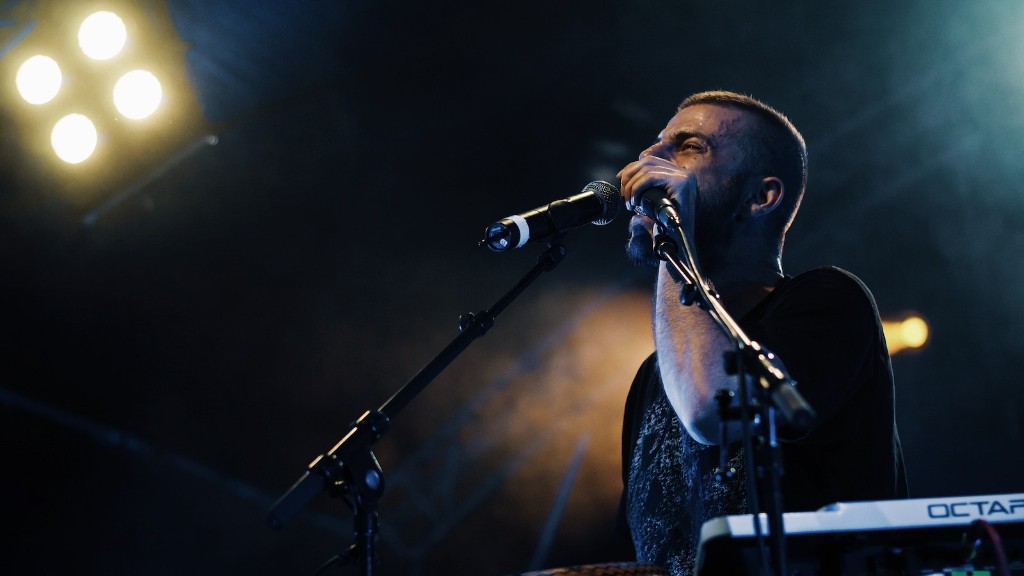For the budding artist, drawing a human full body may seem daunting. But with a few simple tips, you can learn to bring your creative vision to life with ease. Drawing a person full body is all about getting the proportions right. To do this, think of the figure as a series of lines and shapes that come together in one unique aesthetic.
Before you even pick up a pencil, take a few moments to pause. Let your eyes survey the sheet of paper in front of you and start to form an idea of the shape you want the person to take. Visualize the figure you intend to draw, the lines of the limbs and their order, for instance.
The trick is to be able to break the figure down into simple shapes and lines, as you will see in our step-by-step guide below. Pull some loose inspiration points from photos or other artwork if you like, as long as you don’t copy directly.
Step One: Body Outline
Begin the drawing process by establishing a body outline: the silhouette of the figure. Draw this first with a light touch, using curved or angular lines depending on what you want your human figure to look like.
The lines don’t have to be perfect, as you can always adjust them as you continue. But keep in mind the composition of the body: where the legs and arms are relative to the torso and head.
Also consider the stance of the person: are they in a relaxed position or a more active, energetic pose? The same goes for their face. Consider the expression you want the person to have: happy, serious, sad, perplexed?
Step Two: Shaping the Body
The next step is to start shaping the body by adding various shapes that will make up the outline of the figure. Start with the torso, and draw an angular shape as the starting point.
From there, add circles to the top of the torso to represent the shoulders and the hip areas. For the head, draw a smaller circle and then two triangular shapes below the circle to represent the jawline.
Now comes the fun part: adding details to the figure. To do this, you can start with the limbs, beginning with the arms and legs. Draw them as slender cylinders with visible bends in the joints.
Step Three: Finesse the Features
Getting the face right is key to creating a realistic-looking person. The trick is to draw the basic face shape as a first step, and then refine the features and facial structure afterwards.
For the eyes, draw them as circles, with small curved lines for the eyelids. Nose and mouth, draw a line straight down the center of the face and then add the shape of the nose and lips, respectively.
Hair can be added according to your preference. It can take a variety of forms: long and wavy, short and spiky, or anything in between. As long as it fits the figure you are trying to create.
Step Four: Clothing
The last step is to add clothing, as this can really bring your drawing to life. Clothing can be broken down into simple shapes such as rectangles and circles, so don’t be intimidated. Just start sketching and refining the clothing details from there.
Start with the largest pieces first, such as jackets and pants, and then layer on smaller pieces like shirts, skirts, and hats. Don’t forget to add shoes!
You may want to consider adding some accessories to your drawing, like jewelry and hats. Both of these can be added with a few quick lines and can really add detail to the figure you are drawing.
Step Five: Final Touches
Now comes the really fun part: final touches! This could include anything from props and background elements to special shading and clothing effects.
To add special touches to your drawing, you can use shading and hatching, which are both powerful tools. You could also try experimenting with texture and fabric effects.
Once you’re done, you can revel in the accomplishment of completing your first full body drawing. Just remember to practice and explore new ideas, and you will soon become a master at drawing people full body! Good luck!
